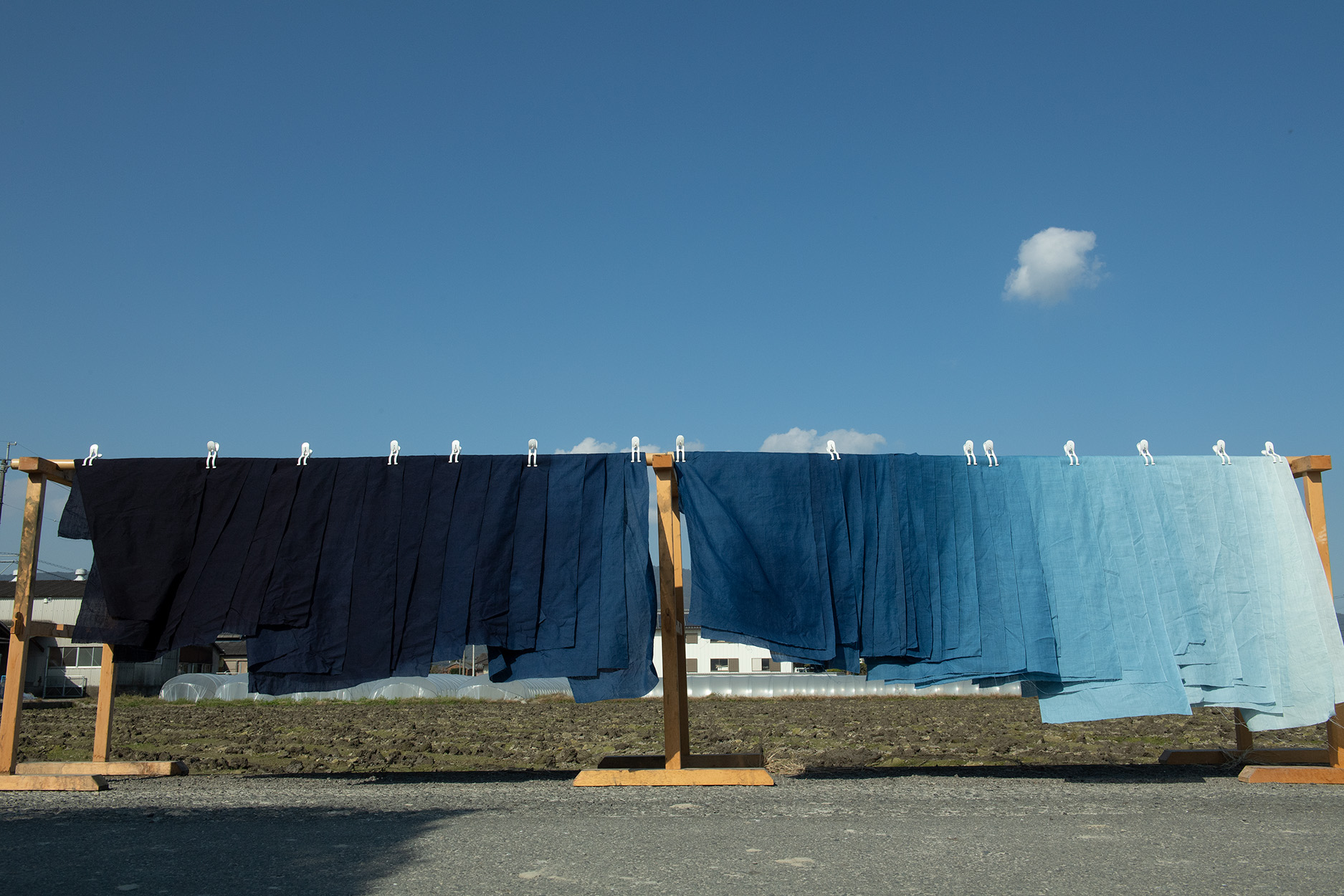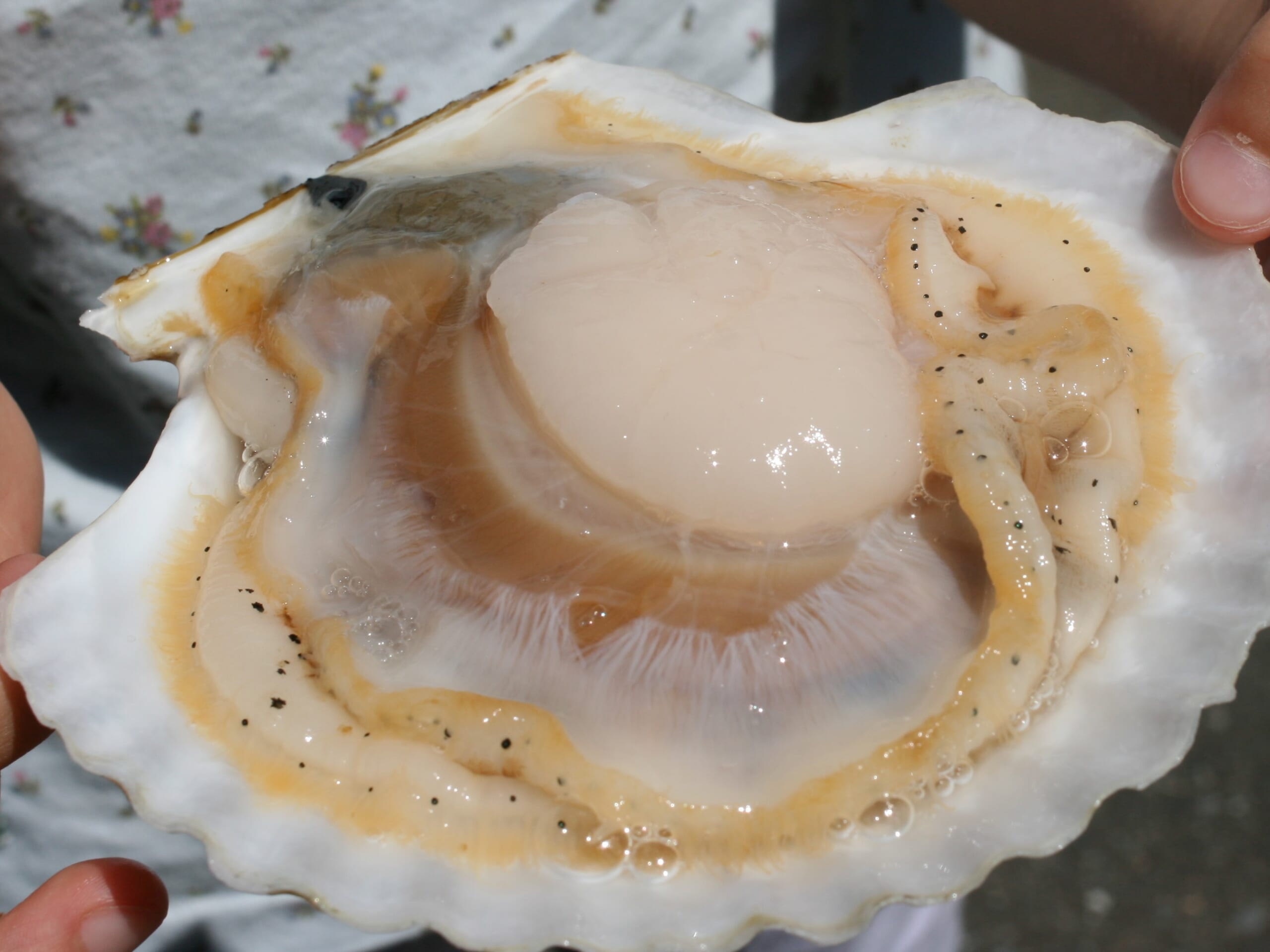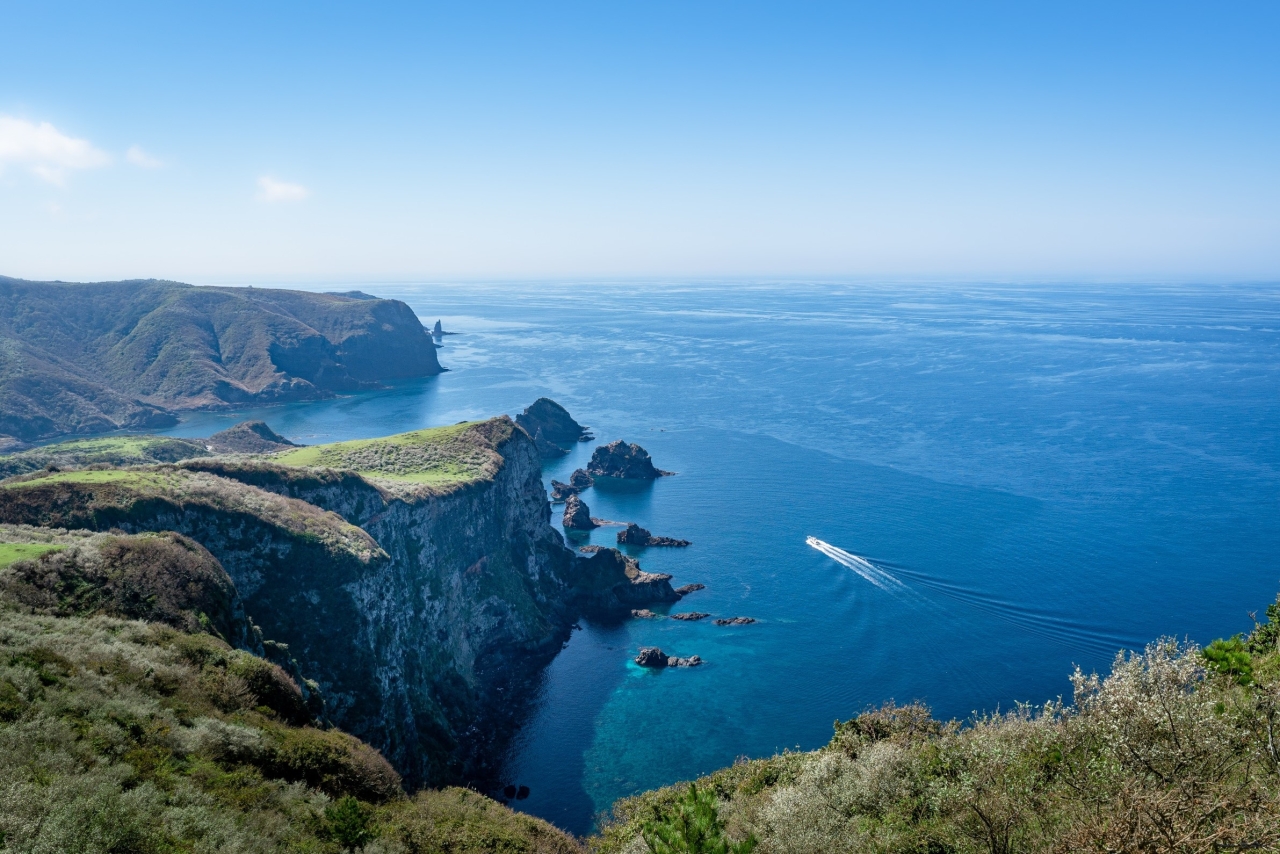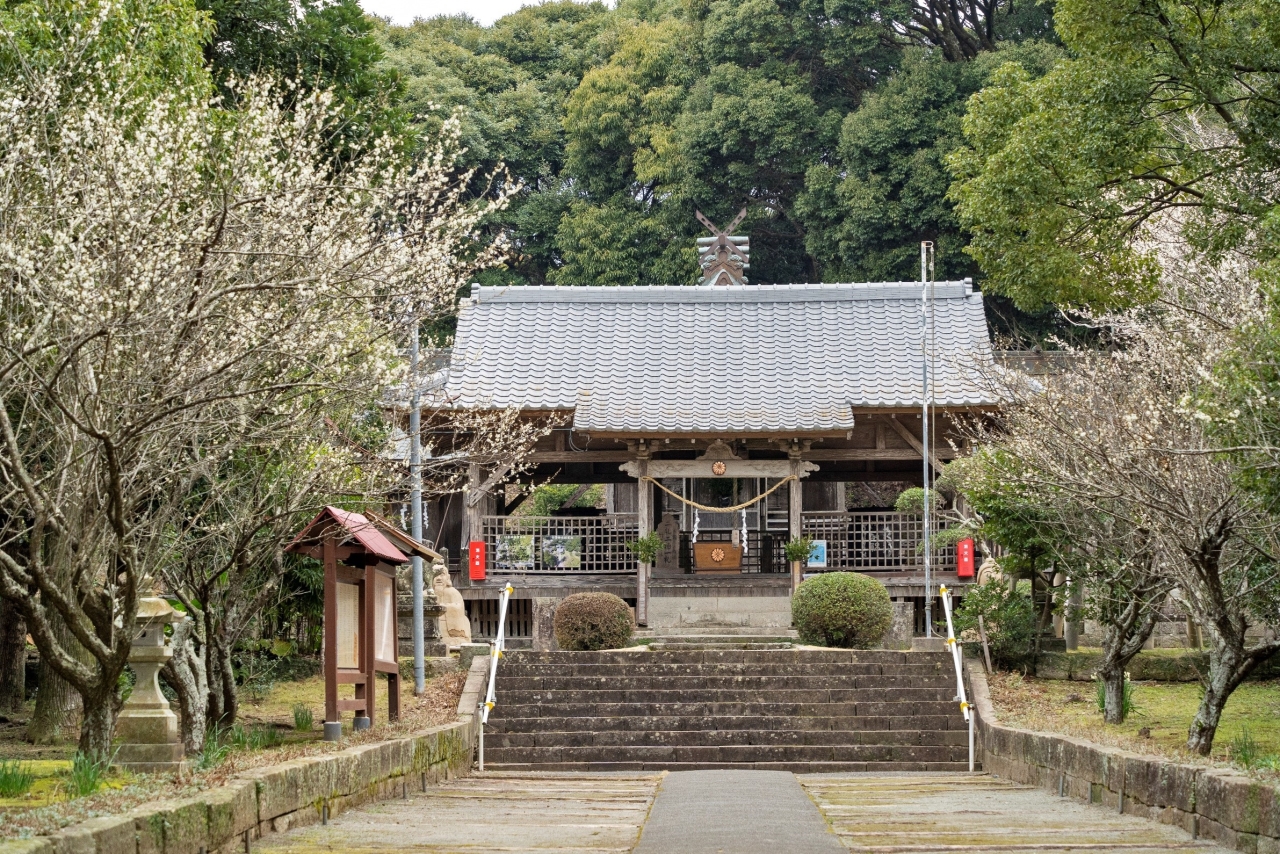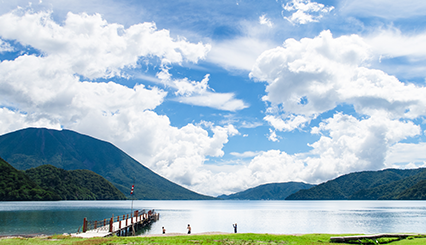
Local Tochigi Culture and Ingredients at The Ritz-Carlton, Nikko
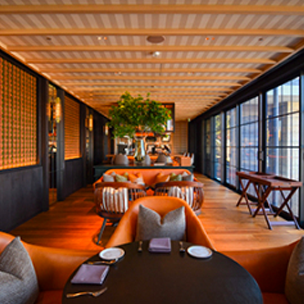
Masanori Hosoya, Shingo Hayasaka, and Motoki Tanaka
The Ritz-Carlton, Nikko
Integrating the Brand of Traditions and Gastronomy of Nikko Tochigi
The Ritz-Carlton, Nikko opened in July 2020 on the shores of Lake Chuzenji in Okunikko. The luxury hotel sits in an area that is home to the shrines and temples of the Nikko area—where also have been designated a UNESCO World Heritage Site—abundant natural surroundings, rich culture, and ancient history and tradition. Today, it has grown into one of Japan’s leading and often fully-booked hotels. Interestingly, Okunikko in Tochigi Prefecture is recognized to be Japan’s oldest holiday resort, and is now host to a cutting-edge facility in The Ritz-Carlton, Nikko. In addition to its globally acclaimed level of service, the hotel has garnered attention for the thorough harmony and coexistence it has sought to achieve with the area through the creation of business ecosystem, be it in the food, guest activities, or the interior design and finer details.
Chapter.01 An International, Luxury Hotel That Seamlessly Coexists with the Area
The grounds of The Ritz-Carlton, Nikko cover approximately 19,000 square meters between Chuzen-ji Temple and Futarasan-jinja Shrine, and the structure itself looks out across Lake Chuzenji against a backdrop of Mount Nantai. It has a total of 94 spacious guestrooms that are each over 57 square meters in size. The relaxing guestrooms make effective use of wood to create a sense of unity with the surrounding forests and embody Japan’s unique minimalist design. The interiors also feature traditional Tochigi crafts such as Nikko-bori wood carvings, Kanuma-kumiko wooden latticework, and Mashiko-yaki ware, allowing guests to encounter local tradition and culture in a refined atmosphere.
The hotel is also the first in The Ritz-Carlton brand to have its own onsen, or hot spring. Meanwhile, each guestroom has a lounge space inspired by a traditional engawa porch which seamlessly links the expansive views of the Nikko National Park and the room itself. In these and other ways, the hotel seeks to showcase the qualities of Japan that even locals are unfamiliar with to guests from all over the world. With this in mind, General Manager Masanori Hosoya and his team of staff have worked to incorporate unique elements throughout the hotel, creating an international space in which quintessentially Japanese features blend smoothly into the ambience.
The main dining option for guests is The Japanese Restaurant, which offers breakfast, lunch, and dinner, as well as dedicated sushi and teppanyaki counters. Perhaps the restaurant’s biggest appeal is its use of local Tochigi ingredients. The prefecture is blessed with an abundance of high-quality ingredients through its thriving agriculture and livestock industries. Further, with four distinct seasons, the area also enjoys a wealth of seasonal produce. To further raise awareness of these fantastic ingredients, the hotel is a strong promoter of local production for local consumption and values the close relationships with producers. For example, for its beef, the hotel uses a breed of Japanese Black that is locally farmed exclusively for the hotel with special feed. Bringing in and working with local producers in this way has benefits for both parties, as it helps to raise the quality of Tochigi ingredients to the high level required for The Ritz-Carlton brand.
Another of the hotel’s restaurants is the Lakehouse, serving Western cuisine that also emphasizes the use of locally produced ingredients. The main entrance is along a public road, allowing non-hotel guests to drop in as they please. The structure has been designed to resemble a boathouse, with large windows providing excellent view of Lake Chuzenji while also giving the interior an expansive, open feel. The restaurant highlights photos and paintings of Lake Chuzenji and an Oya stone fireplace, all of which help to create a comfortable, relaxing atmosphere.


Chapter.02 Close-knit Collaboration with Producers to Enhance the Quality of Local Foods and Culture
“Our aim is not simply to offer a place for guests to stay, but to provide unforgettable experiences and memories,” says Hosoya. In this way, the hotel aims to present guests with a sense of excitement and provide an experience-based stay. To do so, they offer diverse range of activities based on three pillars: nature, culture, and spirituality. Worthy of particular mention are the morning zazen meditation sessions led by Chuzen-ji Temple monks and the gomakito sacred fire ritual held at the temple. These authentic experiences are unique to this area, and so are also growing in popularity among Japanese guests. These activities show the hotel’s close-knit collaborations with local culture, tradition and nature.
“Accessibility has been one of the challenges we have faced when it comes to inbound tourists. There are numerous issues we must address, such as our distance from Utsunomiya and the lack of a direct overland route from the airport. If The Ritz-Carlton, Nikko can attract further attention, we can speak to the relevant organizations more easily and have them take note of our challenges. This is also something we must quickly address to help Nikko become an even more popular tourist destination,” says Hosoya.
Head Chef Shingo Hayasaka, meanwhile, says, “More than 80% of the ingredients we use, including soy sauce and other seasonings, are produced locally. We also make sure to put the names of the producers for each of our ingredients on the menu. It’s precisely because guests have full faith in The Ritz-Carlton brand that they come to our restaurants, and our producers work incredibly hard to ensure to meet our customers’ high expectations. I believe our role as a brand is to enhance the standards of both the foods and culture of Nikko and Tochigi.”
Hayasaka visits each producer to check not only the quality of the ingredients but the character of the person. Working together to create top-quality dishes in this way is helping to drive producer growth and raise the appeals of Nikko and Tochigi. One example of their joint efforts is a magnificent breakfast carefully arranged in a wooden box that uses more than 30 local ingredients. Hosoya spoke of his desire to create wow moments. This breakfast wows guests with its appearance as soon as the lid is opened, and also when they taste.


Chapter.03 Afternoon Tea that Highlights the Charms of the Strawberry Kingdom
The hotel’s afternoon tea is popular among both hotel guests and visitors alike. Tochigi has been Japan’s leading producer of strawberries for 53 years. The prefecture is known as a strawberry kingdom where people can eat the fruit all year round. ” TOCHIGI Strawberry Experience” is the name given to the hotel’s afternoon tea. Using local strawberries in abundance, it is well worth visiting the hotel just for this masterpiece. “TOCHIGI Strawberry Experience” uses four types of local strawberries which are made by carefully selected producers: Tochiotome, Skyberry, Tochi-Aika, and Milky Berry. Even the savory items in the afternoon tea have been given a red color to create a sense of unity with the strawberries. The afternoon tea also features a sandwich using the above mentioned Japanese Black. When the three-tiered cake stand wrapped in pink candy floss arrive at the table is another wow moment, and the start of an exquisite experience. Local Tochigi strawberries are also offered to guests as part of the welcome set in each guestroom, creating a wonderfully fragrant setting.
Head of sales and marketing Motoki Tanaka is responsible for carefully picking up customer needs and ensuring that these are met on the frontline. “Japanese guests tend to prioritize enjoyment of the hotel and the guestrooms, and so we are looking at various ways in which we can enable them to experience different activities, too. For example, although people might shy away from the word ‘hiking’, there have been examples where coining the activity as a ‘morning walk’ has helped it to become a popular choice.” Tanaka says that since the hotel’s opening, whether it be activities or otherwise, their policy has been to offer only authentic, genuine experiences.
Working with Chuzen-ji Temple and Futarasan-jinja Shrine, engaging in detailed communication with local producers and artists, and closely collaborating with the prefectural office and other local stakeholders—The Ritz-Carlton, Nikko is unique in its approach. While its initial strategy was to communicate the appeals of Okunikko mainly to inbound tourists, the hotel has today developed into a hotspot for repeat Japanese customers and those enjoying the experience for consecutive nights.


With a comforting interior design and a dignified air, despite being an international, luxury hotel, The Ritz-Carlton Nikko incorporates local food and culture wherever possible, presenting them in refined form to capture the interests of both inbound tourists and Japanese guests. The desire of local producers and artists to meet the trust and confidence that guests have in The Ritz-Carlton brand is helping to boost the quality of local food and culture, and in turn drives regional revitalization. The hotel is a representative example of a foreign luxury hotel successfully engaging the local region to rediscover a range of stunning Japanese elements which the Japanese don’t realize.
Written by・Riko Saito
Interview Date:Jan.27.2022
The content of this article is as of the interview date.


